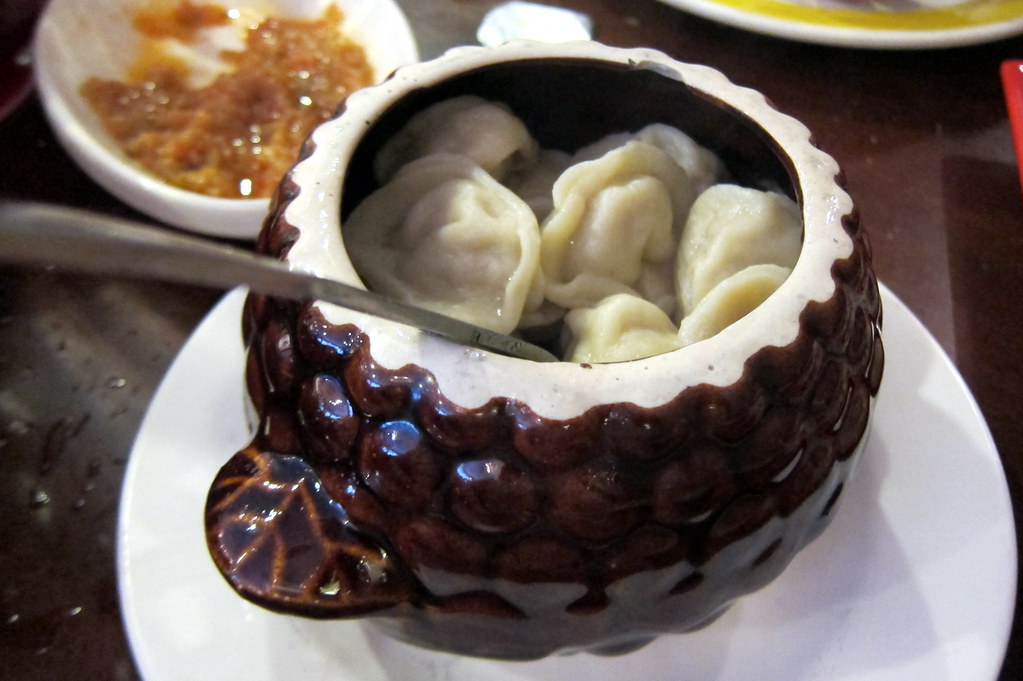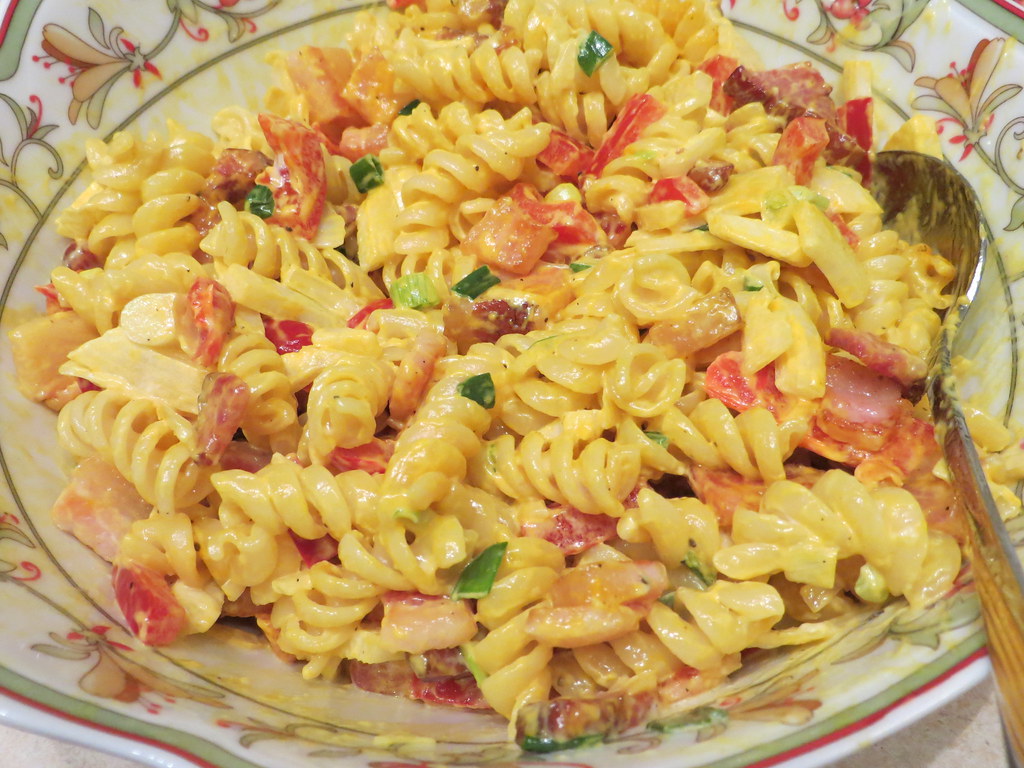The humble pelmeni. These little parcels of joy are not just a dish; they’re a cultural phenomenon, a culinary embrace from the vast, frost-kissed landscapes of Siberia. Let’s dive into the world of these savory meat dumplings, where tradition meets taste and every bite tells a story.
Pelmeni, my friends, are the heart and soul of Russian cuisine. They’re the comfort food that knows your name, the dish that brings families together, and the meal that warms you from the inside out, no matter the weather. These meaty morsels are a testament to the ingenuity of Siberian cooks, who, with limited resources, managed to create something that has stood the test of time and distance.
From Home to Professional Kitchens
The journey of pelmeni from Siberia to our kitchens is a tale as old as time, or at least as old as the trade routes that connected ancient China to the Russian hinterlands. The beauty of pelmeni lies in their simplicity and their ability to carry the essence of home within their doughy exterior. They’re a symbol of togetherness, often crafted by the hands of family members, each fold and pinch a stitch in the fabric of a shared culinary heritage.
But let’s not forget the practicality of pelmeni. These dumplings were designed for the deep freeze, a natural preservation method that Siberian winters provided in abundance. Pelmeni could be made in large quantities, stored effortlessly, and then boiled to perfection when the need arose. It’s no wonder they’ve become Russia’s most beloved frozen food, a staple that transcends the boundaries of time and taste.
The Art of Pelmeni Making
Let’s talk about the meat of the matter—literally. The traditional pelmeni filling is a robust mix of beef and pork, seasoned with onions, garlic, salt, and pepper. It’s a filling that’s unpretentious yet bold, a flavor profile that’s as straightforward as it is satisfying. And while the classic combination reigns supreme, regional variations abound, from mutton and venison in the North East to chicken and mushrooms elsewhere.
The art of pelmeni making is a dance of dough and filling, a balance of flavors and textures that culminates in the perfect bite. The dough, thin and pliable, is the stage upon which the rich, juicy meat performs. And while the process may seem daunting at first, it’s a labor of love that yields delicious dividends. Whether you’re using a traditional mold or shaping each dumpling by hand, the act of making pelmeni is a meditative and rewarding experience.
Ingredients and Preparation
Dough:
2 ½ cups all-purpose flour
1 teaspoon salt
1 large egg
¾ cup cold water
Filling:
½ pound ground beef
½ pound ground pork
1 small onion, finely chopped
2 cloves garlic, minced
Salt and pepper to taste
Fresh parsley and dill (optional)
Prepare the Dough: Combine flour and salt in a bowl. Add the egg and mix with your hands or a food processor. Gradually add cold water until the dough comes together. Knead until smooth and elastic. Let it rest under a tea towel for 30 minutes.
Make the Filling: In a bowl, mix the ground beef, pork, onion, garlic, salt, and pepper. Add fresh herbs if using. Ensure the meat is finely mixed to create a consistent filling.
Shaping Pelmeni
Roll Out the Dough: On a floured surface, roll out the dough until it is thin but not transparent. Use a cookie cutter or the rim of a glass to cut out circles.

Fill the Dumplings: Place a small spoonful of filling in the center of each circle. Fold the dough over to create a half-moon shape and pinch the edges to seal. For a decorative touch, you can create a ruffled edge by pinching and twisting the dough.
Using a Pelmeni Mold: If you have a mold, lay the dough over the mold, fill each cavity with meat, cover with another layer of dough, and roll over the top with a rolling pin to cut out the dumplings.
Cooking and Serving
Boiling: Bring a large pot of salted water to a boil, adding a couple of bay leaves for extra flavor. Drop in the pelmeni and cook until they float to the surface, then give them an additional 2-3 minutes (3-5 minutes for frozen pelmeni).
Frying (Optional): For added texture, pan-fry the boiled pelmeni in butter until golden and crispy.
Enjoying Pelmeni
Pelmeni are incredibly versatile when it comes to serving. Here are a few popular ways to enjoy them:
Classic: Serve with a dollop of sour cream and fresh dill.
Hearty Soup: Add boiled pelmeni to a broth for a comforting soup.
Rich and Indulgent: Drizzle with brown butter and a sprinkle of herbs.
Tangy Twist: Pair with Dijon mustard or vinegar for a sharp flavor contrast.
Storing Leftovers
Pelmeni are champions of the freezer. To store uncooked pelmeni, sprinkle them with flour and place them in a single layer on a baking sheet. Once frozen, transfer them to a bag or container for up to six months. Cook them straight from frozen as needed.
A Culinary Tradition to Treasure
Making pelmeni at home is more than just preparing a meal; it’s a way to connect with a rich culinary tradition and create lasting memories with loved ones. Whether you’re a seasoned dumpling devotee or a curious culinary explorer, the world of Siberian pelmeni promises satisfaction, surprise, and a taste of tradition that’s as rich and varied as the land from which it hails. Roll up your sleeves, flour your surfaces, and prepare to be transported by the simple, yet sublime, pleasure of homemade pelmeni.
Related posts:
Siberian Dumplings Pelmeni
Pelmeni, Siberian Meat Dumplings
A Primer on Pelmeni and Vareniki: How to Make, Cook and Serve





